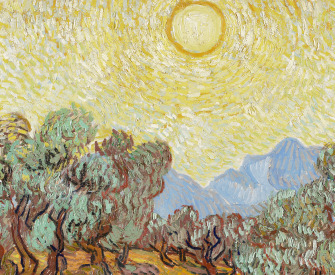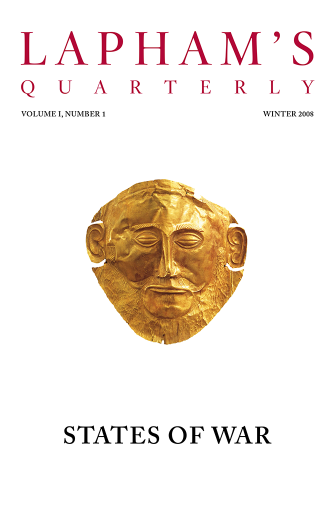It is not too much to expect that our children will enjoy in their homes electrical energy too cheap to meter.
—Lewis Strauss, 1954Supply-Chain Disruption
Procopius ponders flour power.
I shall now proceed to tell the way the Romans came to build the city wall on both sides of the river. In ancient times the Tiber used to flow alongside the circuit wall for a considerable distance, even where it is now enclosed. But this ground, on which the wall rises along the stream of the river, is flat and very accessible. Opposite this flat ground, across the Tiber, it happens that there is a great hill where all the mills of the city have been built since times of old, because much water is brought by an aqueduct to the crest of the hill and rushes thence down the incline with great force. For this reason, the ancient Romans decided to surround the hill and the riverbank near it with a wall, so that it might never be possible for an enemy to destroy the mills and, crossing the river, to carry on operations with ease against the circuit wall of the city. So they decided to span the river at this point with a bridge, and to attach it to the wall, and by building many houses in the district across the river, they caused the stream of the Tiber to be in the middle of the city. So much then for this.
The Goths dug deep trenches around all their camps and heaped up the earth on the inner side of the trenches, making this bank exceedingly high, and they planted great numbers of sharp stakes on the top, thus making all their camps in no way inferior to fortified strongholds. The camp on the Plain of Nero was commanded by Marcias (he had by now arrived from Gaul with his followers, with whom he was encamped there), and the rest of the camps were commanded by Witigis with five others; there was one commander for each camp. The Goths, having taken their positions, tore open all the aqueducts, so that no water at all might enter the city from them. The aqueducts of Rome are fourteen in number, and were made of baked brick by the men of old, being of such breadth and height that it is possible for a man on horseback to ride in them.
Belisarius arranged for the defense of the city in the following manner. He himself held the small Pincian Gate and the gate next to this on the right, the Salarian. At these gates, the circuit wall was assailable, and at the same time it was possible for the Romans to go out from them against the enemy. He gave the Praenestine Gate to Bessas. And he put Constantinus in command at the Flaminian, which is on the other side of the Pincian, having previously closed the gates and blocked them up most securely by building a wall of great stones on the inside, so that it might be impossible for anyone to open them. Because one of the camps was very near, he feared least some secret plot against the city should be made there by the enemy. He ordered the commanders of the infantry forces to keep the remaining gates under guard. And he closed each of the aqueducts as securely as possible by filling their channels with masonry for a considerable distance, to prevent anyone from entering through them from the outside to do mischief.
After the aqueducts had been broken open, the water no longer worked the mills, and the Romans were quite unable to operate them with any kind of animal, owing to the scarcity of food in time of siege; indeed they were scarcely able to provide for the horses that were indispensable to them. And so Belisarius hit upon the following device. Just below the bridge connected with the circuit wall, he fastened ropes from the two banks of the river and stretched them as tight as he could, and then attached to them two boats, side by side and two feet apart, where the flow of the water comes down from the arch of the bridge with the greatest force. Placing two mills on either boat, he hung between them the mechanism by which mills are customarily turned. Below these he fastened other boats, each attached to the next one behind in order, and he set the waterwheels between them in the same manner for a great distance. So, by the force of the flowing water, all the wheels, one after the other, were made to revolve independently, and thus they worked the mills connected to them and ground sufficient flour for the city.
Procopius
Esteemed as the greatest of the later Greek historians, Procopius drew upon his own experiences as an adviser to the military commander Belisarius for the writing of his eight-volume History of the Wars. The Secret History, which expressed disillusionment with the reign of the emperor Justinian and his wife Theodora, was published posthumously.


